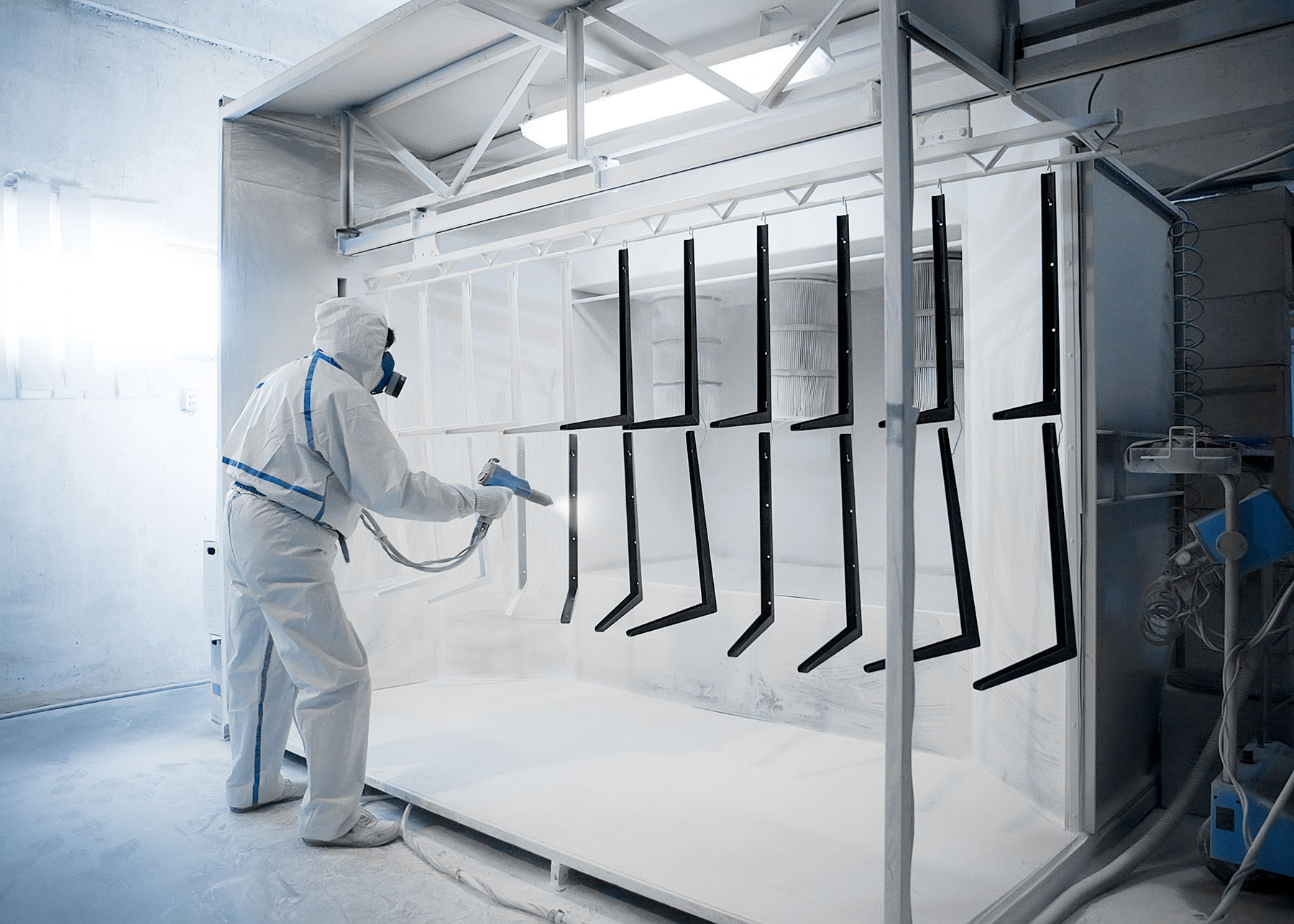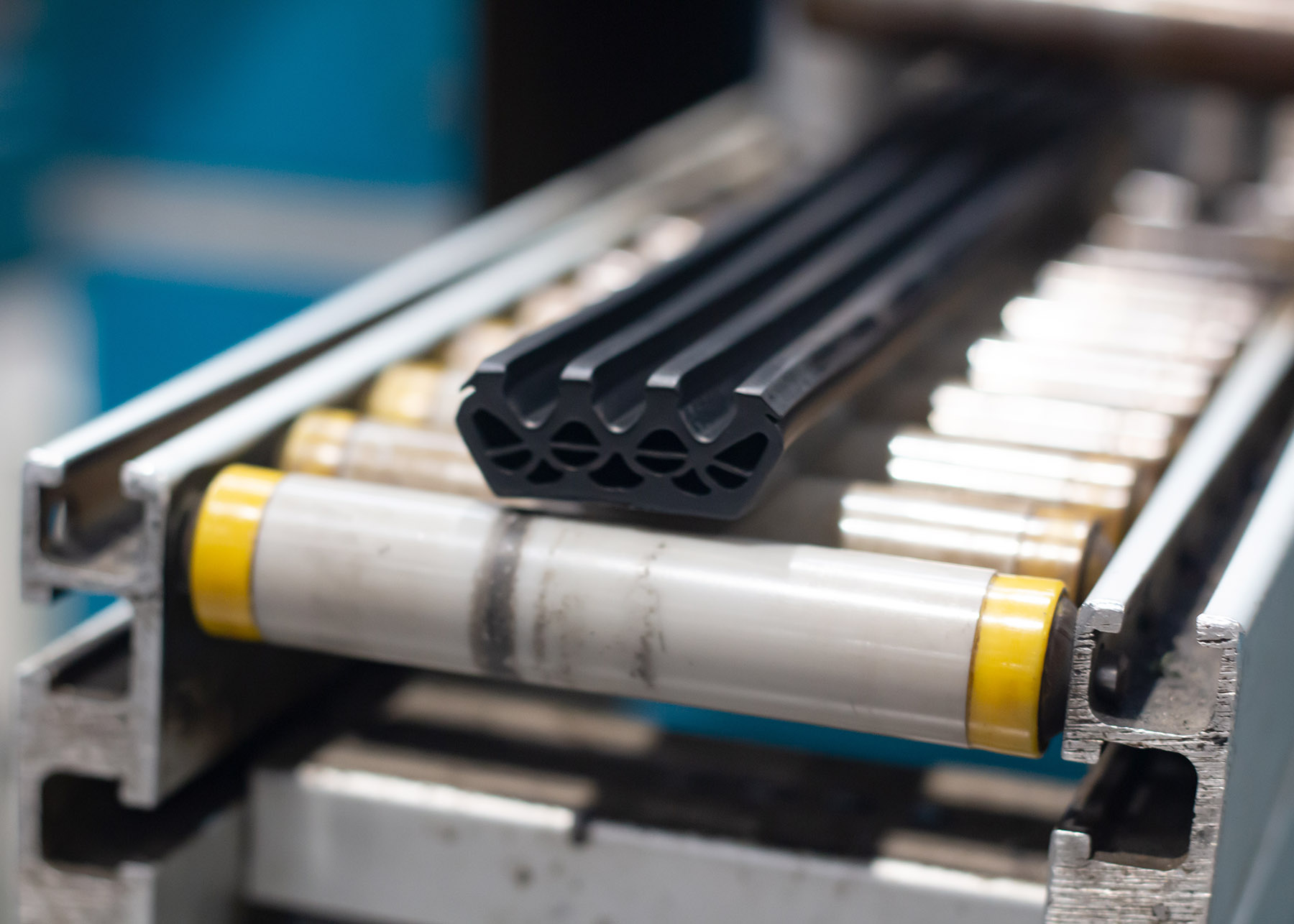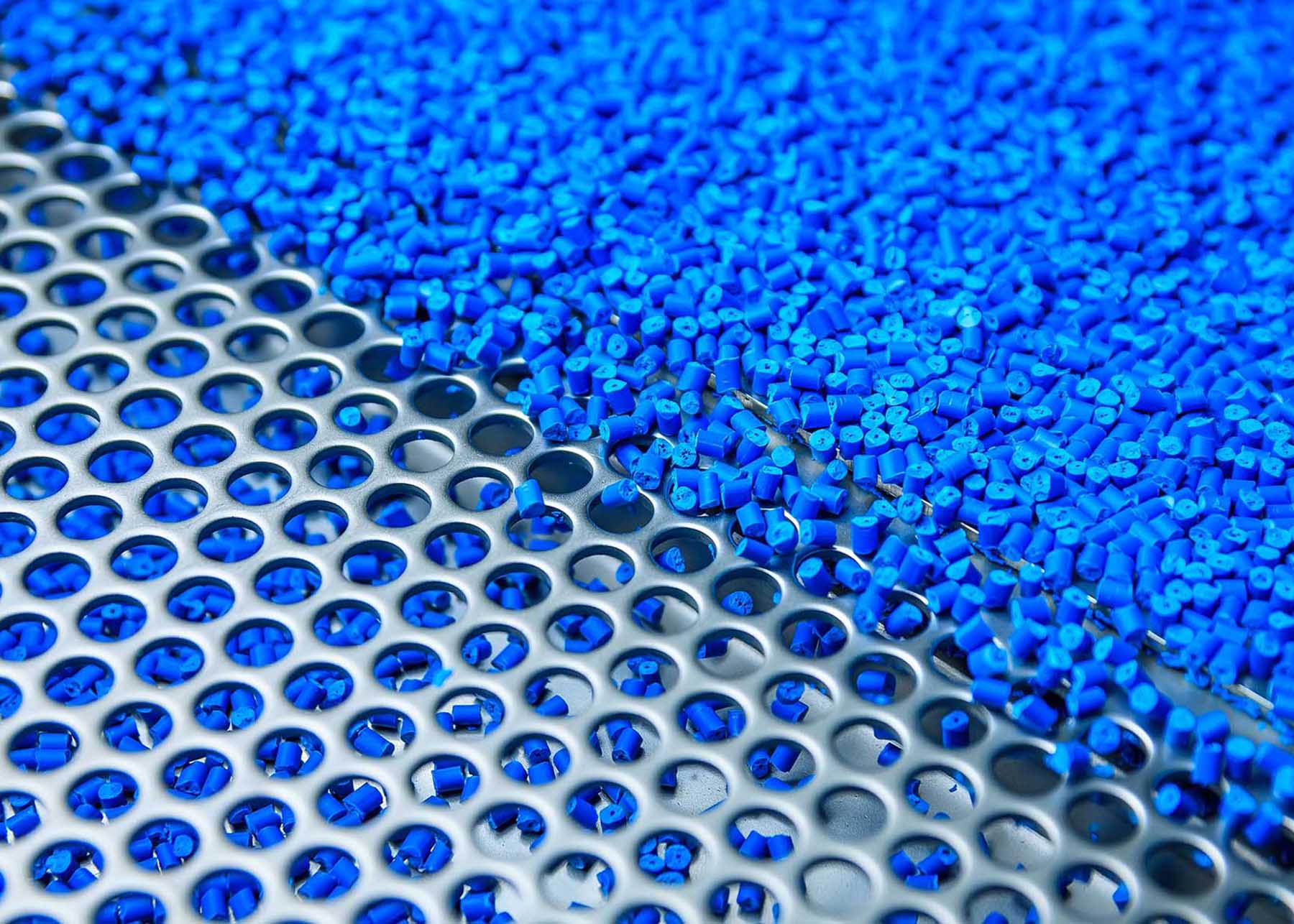Paints & Coatings
- Coating Materials We Analyze: Commercial coatings (buildings, bridges, pipe, steel structures and tanks)
- Coating Analysis Services: material identification- coating/paint resin type & amount of resin, filler content type and amount, qualitative paint solvent identification, adhesion & overspray liability assessment.
- Types of failures: blistering, delamination events, adhesion issues, product separation, mix-ratio.
Rubber
- Rubber Materials We Analyze: O-rings, Gaskets/Seals & Hoses,
- Rubber Services: material identification- elastomer/rubber type & amount, filler content type and amount, qualitative rubber additive identification, hardness
- Types of Failures: blistering, rapid decompression, chemical incompatibility/attack, swelling, hardening & cracking/crazing
Plastic
We are a respected polymer testing provider. Chemists, and technicians in our plastic testing lab regularly use a variety of analytical methods to verify and measure the unique performance characteristics of clients’ sample materials.
- Plastic Services: material identification- plastic type identification, qualitative plastic additive identification (plasticizers, anti-oxidants/preservatives), melt point & hardness
- Types of Failures: oxidation, creep, cracking and fractures.
- Examples: injection molded fittings, & brackets, steel pipeline liners, airline food trays, plumbing pipe among others.
Microscopic
Product Contaminants and Particulates
Liquid product contaminants can lead to filter clogging, discoloration, mechanical equipment failures, commodity rejection and other problems-
Examples
- Hydraulic Fluids- dye, fluid and seal breakdown by-products, fibers, metallic and mineral particulates
- Lubricants- varnish/sludge, metallic shavings/rust, fibers
- Fuels/Fine Chemicals- color bodies, metallic shavings/rust, & fibers.
Unknown Compounds
Identifying the composition of a truly unknown material is a common need, yet it can present a complex challenge. Our testing may involve a variety of bulk chemical analysis using spectroscopy and chromatography methods, functional, physical and electronic testing, as well as a wide range of micro-analysis methods. These and other specialized tests allow for the nature and composition of almost any material to be determined.
Paints & Coatings
- Coating Materials We Analyze: Commercial coatings (buildings, bridges, pipe, steel structures and tanks)
- Coating Analysis Services: material identification- coating/paint resin type & amount of resin, filler content type and amount, qualitative paint solvent identification, adhesion & overspray liability assessment.
- Types of failures: blistering, delamination events, adhesion issues, product separation, mix-ratio.
Plastic
We are a respected polymer testing provider. Chemists, and technicians in our plastic testing lab regularly use a variety of analytical methods to verify and measure the unique performance characteristics of clients’ sample materials.
- Plastic Services: material identification- plastic type identification, qualitative plastic additive identification (plasticizers, anti-oxidants/preservatives), melt point & hardness
- Types of Failures: oxidation, creep, cracking and fractures.
- Examples: injection molded fittings, & brackets, steel pipeline liners, airline food trays, plumbing pipe among others.
Rubber
- Rubber Materials We Analyze: O-rings, Gaskets/Seals & Hoses,
- Rubber Services: material identification- elastomer/rubber type & amount, filler content type and amount, qualitative rubber additive identification, hardness
- Types of Failures: blistering, rapid decompression, chemical incompatibility/attack, swelling, hardening & cracking/crazing
Microscopic
Product Contaminants and Particulates
Liquid product contaminants can lead to filter clogging, discoloration, mechanical equipment failures, commodity rejection and other problems-
Examples
- Hydraulic Fluids- dye, fluid and seal breakdown by-products, fibers, metallic and mineral particulates
- Lubricants- varnish/sludge, metallic shavings/rust, fibers
- Fuels/Fine Chemicals- color bodies, metallic shavings/rust, & fibers.
Unknown Compounds
Identifying the composition of a truly unknown material is a common need, yet it can present a complex challenge. Our testing may involve a variety of bulk chemical analysis using spectroscopy and chromatography methods, functional, physical and electronic testing, as well as a wide range of micro-analysis methods. These and other specialized tests allow for the nature and composition of almost any material to be determined.





